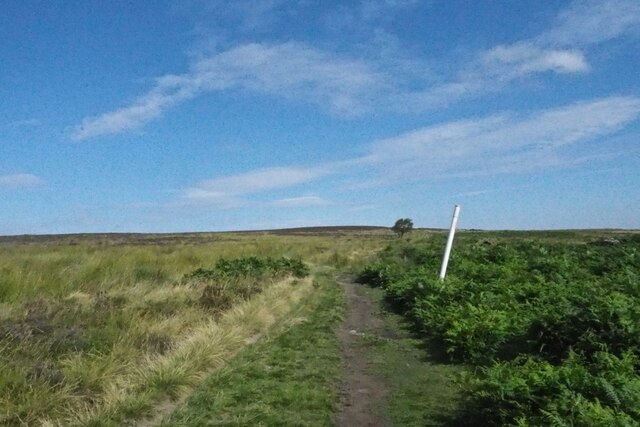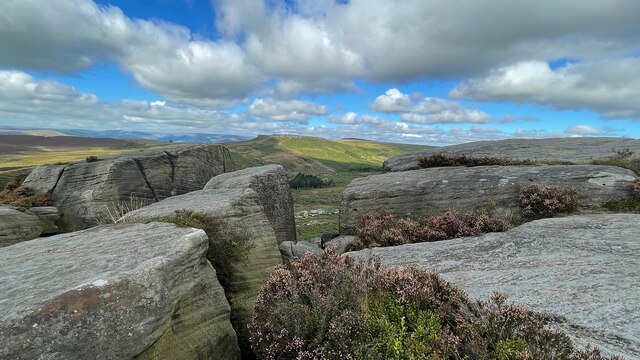Houndkirk Moor
Downs, Moorland in Derbyshire
England
Houndkirk Moor
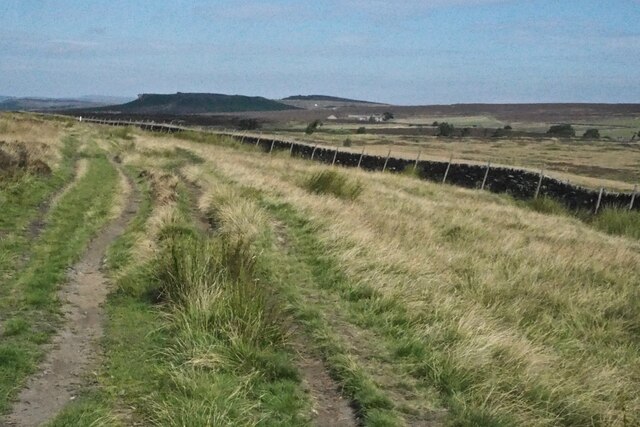
Houndkirk Moor is a picturesque and expansive area of moorland located in Derbyshire, England. Situated in the eastern outskirts of Sheffield, it covers an area of approximately 200 acres and is a popular destination for locals and tourists alike.
As a part of the Peak District National Park, Houndkirk Moor offers visitors breathtaking views of the surrounding countryside. The moorland is characterized by its rolling hills, rocky outcrops, and heather-covered terrain. It is home to a diverse range of flora and fauna, including various species of birds, insects, and small mammals.
The moorland is intersected by several footpaths and trails, making it a haven for hikers, walkers, and mountain bikers. These paths provide opportunities for exploration and allow visitors to immerse themselves in the natural beauty of the area. Additionally, Houndkirk Moor is a popular spot for dog walkers, with its open spaces providing ample room for pets to roam freely.
Historically, Houndkirk Moor has also played a role in the region's mining industry. Evidence of old lead mines can still be seen scattered throughout the area, adding a sense of history and intrigue to the landscape.
Overall, Houndkirk Moor offers a tranquil and scenic escape from the hustle and bustle of city life. Its natural beauty, coupled with its accessibility and recreational opportunities, make it a favored destination for nature enthusiasts and those seeking a peaceful retreat in the heart of Derbyshire.
If you have any feedback on the listing, please let us know in the comments section below.
Houndkirk Moor Images
Images are sourced within 2km of 53.328611/-1.5813966 or Grid Reference SK2781. Thanks to Geograph Open Source API. All images are credited.
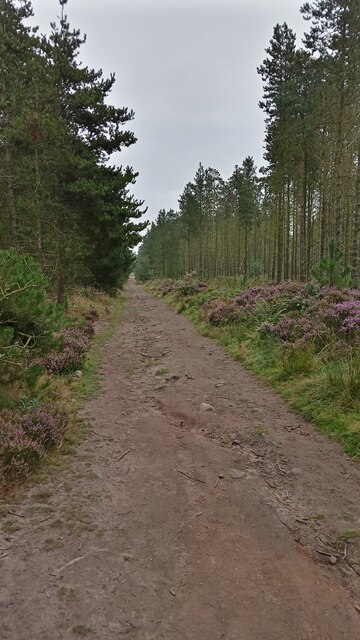
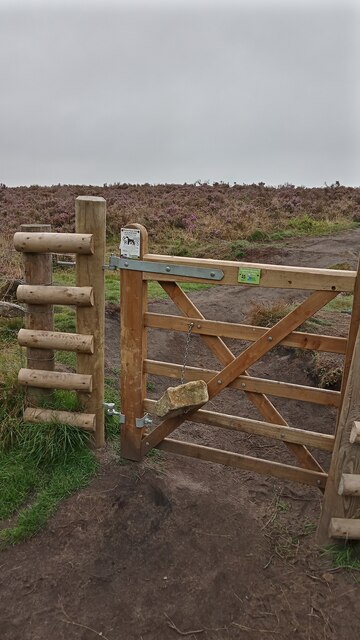
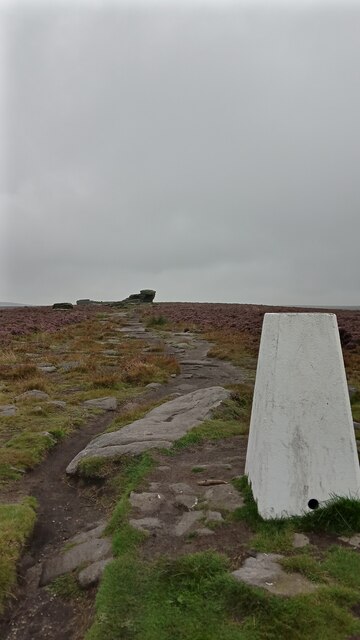
Houndkirk Moor is located at Grid Ref: SK2781 (Lat: 53.328611, Lng: -1.5813966)
Unitary Authority: Sheffield
Police Authority: South Yorkshire
What 3 Words
///waving.cafe.gums. Near Hathersage, Derbyshire
Nearby Locations
Related Wikis
Fox House, South Yorkshire
Fox House is a 17th-century Grade-II listed Inn, located near the Longshaw Estate in the Peak District, near the border between South Yorkshire and Derbyshire...
Blacka Moor Nature Reserve
Blacka Moor Nature Reserve is a nature reserve located on Hathersage Road between Sheffield and Hathersage in the Peak District National Park in the United...
Totley Moor
Totley Moor is an open moorland hill to the west of the Sheffield suburb of Totley, in the Derbyshire Peak District. The summit is 395 metres (1,296 ft...
Burbage Rocks
Burbage Rocks is a gritstone escarpment in South Yorkshire, overlooking the village of Hathersage in the Peak District. The highest point along the escarpment...
Hathersage Road (Sheffield)
Hathersage Road is a road in Sheffield South Yorkshire, England and Derbyshire. It leads south-west from the suburb of Whirlow over the border between...
Totley Tunnel
Totley Tunnel is a 6,230-yard (3.5 mi; 5.7 km) tunnel under Totley Moor, on the Hope Valley line between Totley on the outskirts of Sheffield and Grindleford...
Carl Wark
Carl Wark (sometimes Carl's Wark) is a rocky promontory on Hathersage Moor in the Peak District National Park, just inside the boundary of Sheffield, England...
Longshaw Estate
Longshaw Estate is an area of moorland, woodland and farmland within the Peak District National Park in Derbyshire, England. The name of Longshaw is thought...
Nearby Amenities
Located within 500m of 53.328611,-1.5813966Have you been to Houndkirk Moor?
Leave your review of Houndkirk Moor below (or comments, questions and feedback).
